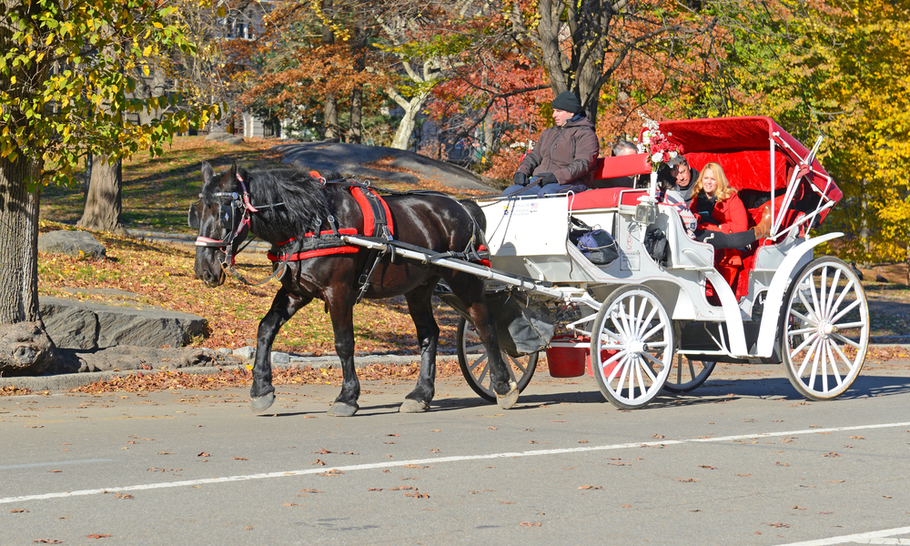Horses, dogs and animal welfare

(Shutterstock)
I have been interested in many things in my time, but animal welfare was not among them. In fact, I would wager that in the hundred or so articles I have written for TheArticle, the subject has never been raised. The reason that I have left the topic well alone is a fear of their subject matter. And when I say fear, I mean fear. Literally.
When I was little, I remember an incident with a huge dog. I was maybe four years old and the dog towered above me. It was summer time and the dog was off its lead on the streets of Romai Furdo, a holiday resort. I was intrigued. “Can I stroke it?” I asked the owner. “No!” replied a sharp featured man standing next to the dog. “He doesn’t like people.”
I remember thinking that if this man was my owner, I would probably feel the same way, but I left the thought unvoiced. Instead, I smiled conspiratorially at my mother. “He might like me,” I ventured, stepping closer to the dog. It started to bark loudly and threateningly, and it was entirely unaware of the saying that “barking dogs never bite”. He took a chunk out of my shin. I screamed. He barked. I screamed more loudly. He barked more loudly. His gusto outdid mine. Sobbing intermittently, I was carried home.
Spool forwards 91 years and here I am. Still no animal lover. Luckily my daughters’ clamour to own a dog was moderate to non-existent. I recall that when aged six my elder daughter did ask for a little sister or a dog. The little sister appeared and the whole dog issue was dropped. So our household remained dogless up to the time the girls left the family home. And after that neither my wife nor I were ever tempted to have any kind of pet.
But a horse! Horses were in a different class altogether. In Hungary in the 1930s, they were part of the country’s economy. Whenever some object, or objects — possibly a whole household — was to be moved from A to B, the means was always a horse-driven cart. In general they tended to be managed by a couple of men who used to distinguish themselves through their colourful use of vocabulary. Apparently, Hungarians are blessed with not only the hardest language in the world lexicon, but the one with the most swear words. These men seemed to be aware of every single exemplar. Their rich choice of words was aimed partly at their horse and partly at all other road-users.
Cruelty to the horses was taken for granted. The horses were often whipped until blood dripped from their side. If the horse didn’t respond fast enough, it was beaten. If it responded too hastily, it was beaten. If it stumbled, it was beaten. If it chose to walk over a stone that translated into a rocky ride, it was beaten. Nothing in the world would have made me swap places with that horse.
Nonetheless, this was how the wood and coal for winter heating was delivered in the autumn, and how the ice for the non-electric cooling cupboard made its way into the richer houses every morning in the summer.
Did I feel sorry for the animals? Maybe. Actually, I don’t recall. No one thought about the poor brutes at all. And yet here I am returning to the topic of the welfare of horses. Curious, no?
Well, not so curious when you throw another memory into the story. This does not require us to wend our way back to the back-streets of Budapest before the war, but to New York in the 1970s. The Big Apple! I was there for an academic conference and for Marianne it was her first visit. The excitement of Broadway, the buzz of the subway and the lure of those beautifully dressed shop windows.
So, if I am not an ardent animal-lover, why do I write about the welfare of horses, and why in Central Park? The simple answer is that I enjoyed a carriage ride there with my wife some forty years ago. At the time I hoped such rides would go on for ever and ever. They have certainly been around for a century and a half.
Concerning horse welfare, I was shocked to find out that quite recently a carriage horse in New York City died of exhaustion in the summer heat. That led to new legislation. The first move was to ban the carriages working when the temperature rose above or fell below a certain value. The next rule I came across was more radical and more controversial. It stipulated five weeks holidays for the carriage horses at selected farms, regular health-checks and provision of retirement for older horses. The most radical proposal, which has become law recently in some cities such as Brussels and Montreal, is to stop the practice of horse-driven carriages altogether and replace them with their electric equivalents.
I do not think that anyone concerned with horse-welfare would regard these measures as inadequate. I must admit that my first impression was not fully favourable. My comparison was with humans. It is only a small proportion of the human race that has so many benefits. And perhaps horses should be rewarded for the super-equine effort demanded of them.
A Message from TheArticle
We are the only publication that’s committed to covering every angle. We have an important contribution to make, one that’s needed now more than ever, and we need your help to continue publishing throughout these hard economic times. So please, make a donation.





